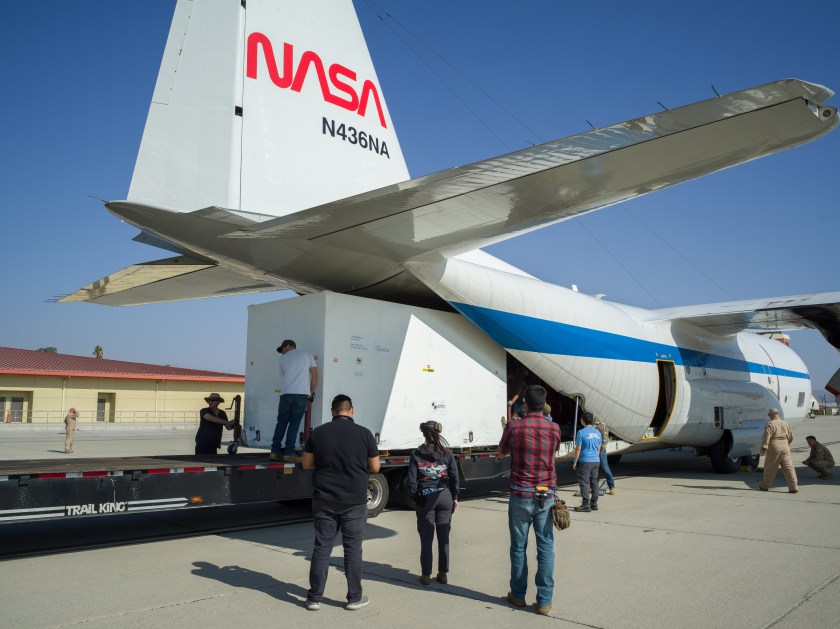
With NASA’s work on the radar antenna reflector for the NISAR (NASA ISRO Synthetic Aperture Radar) satellite complete, the key piece of science hardware was shipped to the Indian Space Research Organisation’s (ISRO) spacecraft integration and test facility in the city of Bengaluru, India, where it arrived Tuesday.
Observations from NISAR will benefit humanity by helping researchers around the world better understand changes in our planet’s surface, including its ice sheets, glaciers, and sea ice. It also will capture changes in its forest and wetland ecosystems as well as movement and deformation of our planet’s crust such as earthquakes, landslides, and volcanic activity. The global and rapid coverage from NISAR will provide unprecedented opportunities for disaster response, producing data to assist in mitigating and assessing damage, with observations before and after disasters in short time frames.
Drum-shaped and about 39 feet (12 meters) across, the reflector is among NASA’s contributions to this joint mission. The reflector is designed to help focus the transmitted and received microwave signals to and from Earth’s surface, enabling NISAR to scan nearly all the planet’s land and ice surfaces twice every 12 days to collect science data.
Before being flown to India on Oct. 15, the reflector was at a specialized facility in California, where engineers applied reflective tape and took other precautionary measures to mitigate temperature increases that could potentially have affected the deployment of the reflector from its stowed configuration before beginning science operations.
After arriving in Bengaluru aboard a NASA C-130 cargo plane, the reflector was transported to the ISRO Spacecraft Integration and Test Establishment for reintegration with the NISAR spacecraft in preparation for further testing. The Earth-observing satellite will launch from Satish Dhawan Space Centre on India’s southeastern coast in early 2025. NASA and ISRO will coordinate to determine an official launch readiness date.
News Media Contact
Andrew Wang
Jet Propulsion Laboratory, Pasadena, Calif.
626-379-6874
andrew.wang@jpl.nasa.gov
